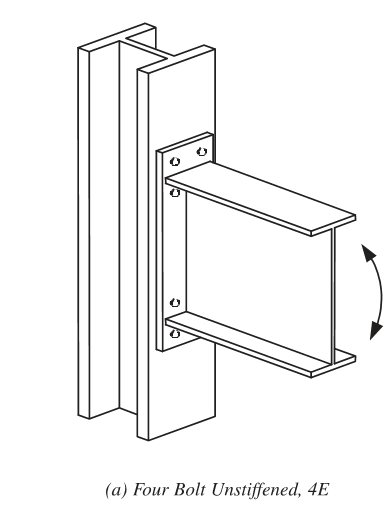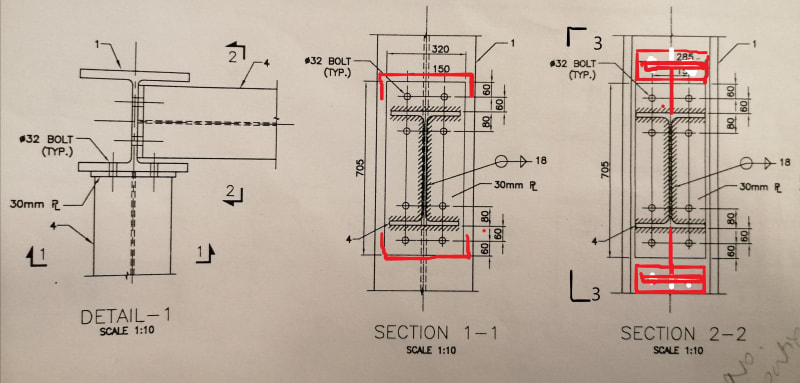Blackstar123
Civil/Environmental
- May 5, 2013
- 253
I am checking the design of an existing steel structure. This is an industrial building which was originally designed for UBC seismic zone-2A. But now clients want to check if the same design will be able to resist the UBC seismic zone-2B earthquake forces.
A number of steel members have design capacity ratio within the range of 0.4 to 0.6. Whereas, their connections have ultimate design force very close to, or greater than the actual capacity of connections. All of the frame connections are End plate moment connections.
My question is can I release the moments from end such that connection become adequate to resist the ultimate forces? I am not comfortable to do so because of the brittle nature of high strength bolts.
My other concern is that we design buildings for inelastic earthquake force, taking advantage of the plastic deformation at beam ends. In this case, I do not think that I can justify reducing the seismic forces, since some connection will reach their ultimate capacities way before any plastic hinges are formed in the members.
I have been visiting this forum for a while now but this is the first time I am posting here. I will really appreciate any help i can get regarding this topic.
Euphoria is when you learn something new.
A number of steel members have design capacity ratio within the range of 0.4 to 0.6. Whereas, their connections have ultimate design force very close to, or greater than the actual capacity of connections. All of the frame connections are End plate moment connections.
My question is can I release the moments from end such that connection become adequate to resist the ultimate forces? I am not comfortable to do so because of the brittle nature of high strength bolts.
My other concern is that we design buildings for inelastic earthquake force, taking advantage of the plastic deformation at beam ends. In this case, I do not think that I can justify reducing the seismic forces, since some connection will reach their ultimate capacities way before any plastic hinges are formed in the members.
I have been visiting this forum for a while now but this is the first time I am posting here. I will really appreciate any help i can get regarding this topic.
Euphoria is when you learn something new.




